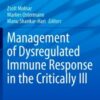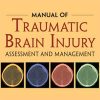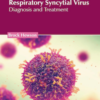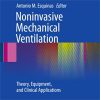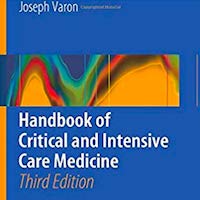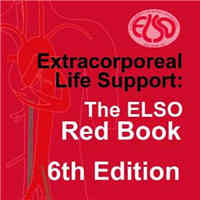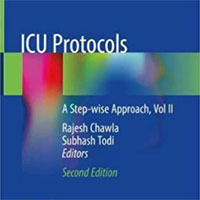Ventilator-associated Pneumonia Pathogenesis: Old and New Mechanisms
tandfonline.comVentilator-associated pneumonia (VAP), defined as a lung infection that occurs in patients after 48 hours on mechanical ventilation, is among the most frequently found nosocomial infections in intensive care units around the world and is associated with increased morbidity, mortality, and economic burden.
We review the classical mechanisms of VAP development and explore more recent ones, such as dysbiosis, which has changed our view of the pathogenesis of the disease; whereas in the past the lower respiratory tract was classically considered a sterile organ, the use of new diagnostic techniques has shown that the lungs of healthy humans are inhabited by a large, dynamic ecosystem of microorganisms.
A deeper understanding of mechanisms of VAP pathogenesis should help to devise new preventive, diagnostic and therapeutic strategies for reducing the incidence of this condition and for improving patient prognosis.





